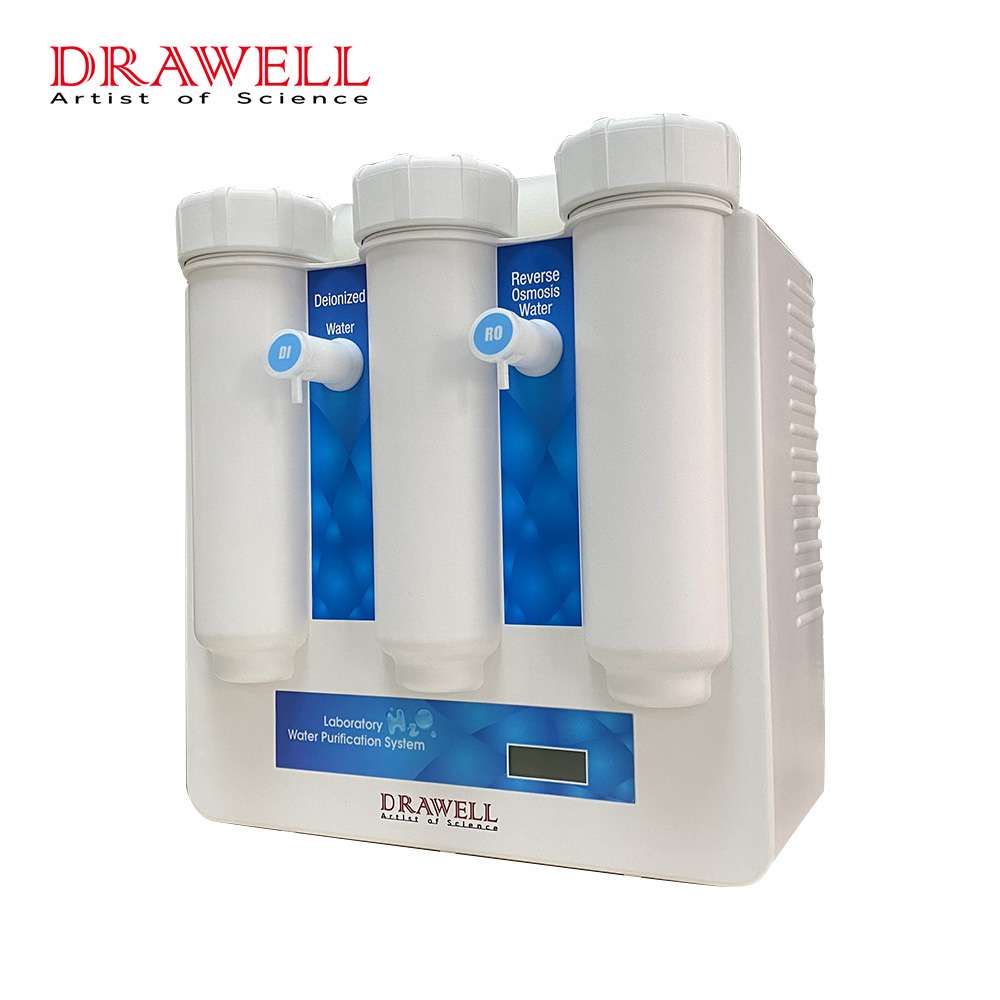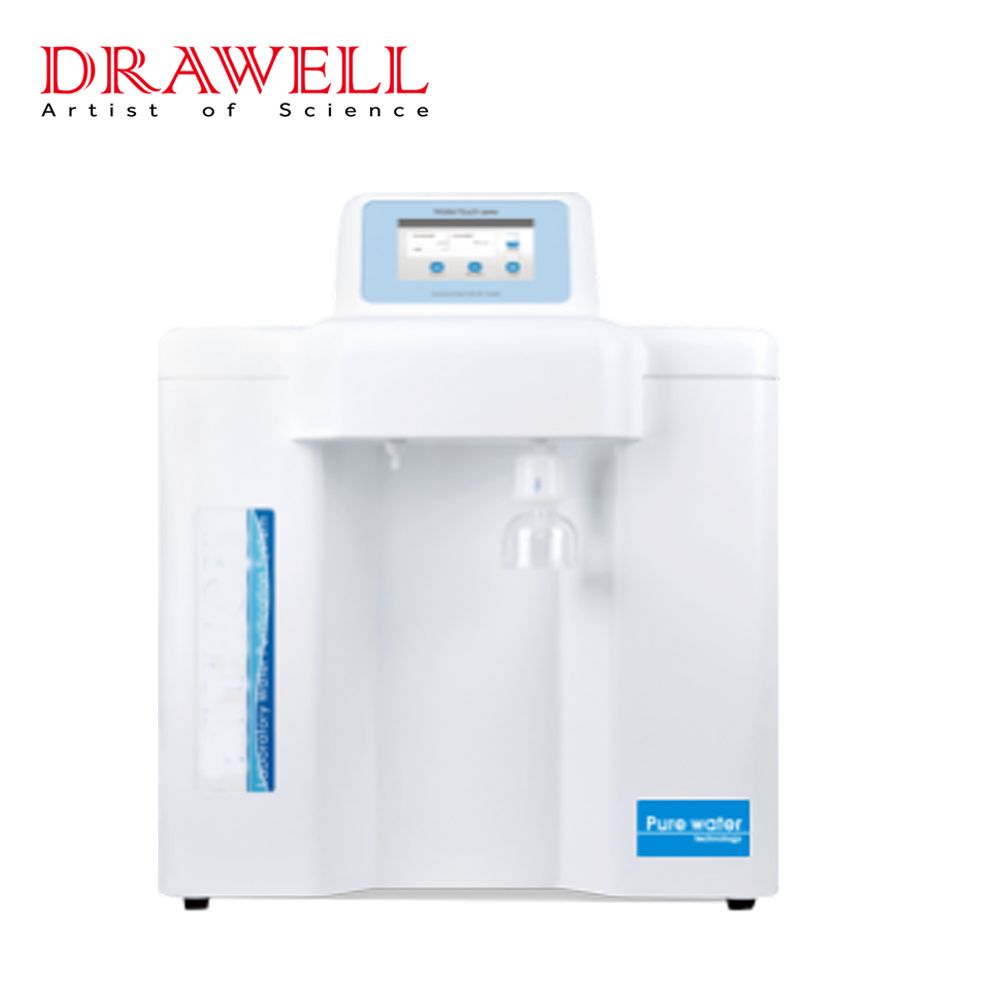A laboratory deionized water system is an essential tool for providing highly purified water required in scientific experiments, analyses, and equipment maintenance. Deionized water is free from ions and minerals, making it ideal for critical applications where impurities can affect results. Understanding how a laboratory deionized water system works, its benefits and how to maintain it are key factors in ensuring successful lab operations.
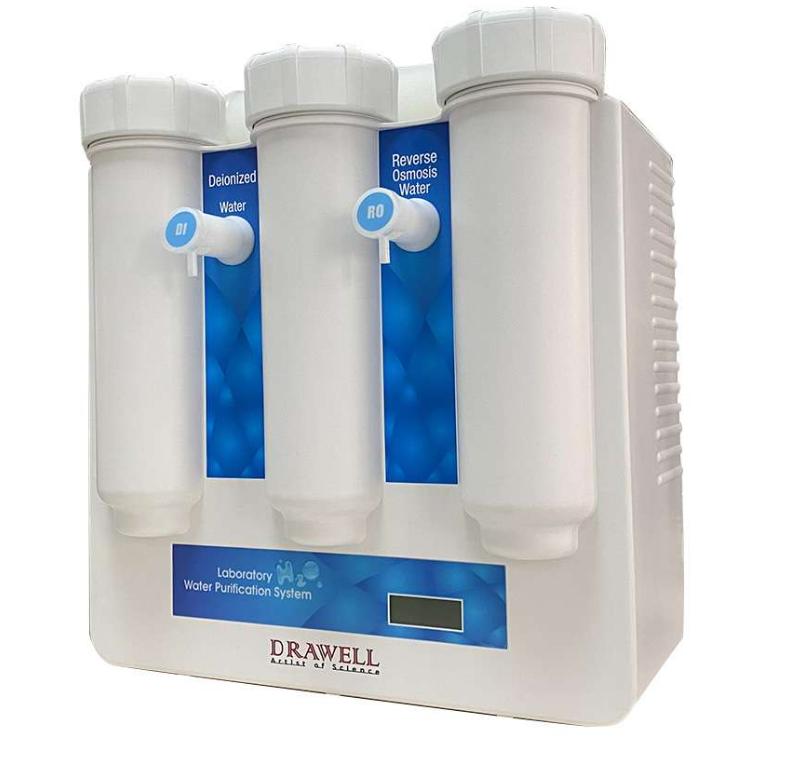
Why Choose a Deionized Water System for Laboratory Use
This chart highlights the key reasons for selecting a deionized water system to ensure high-quality and reliable laboratory results.
| Reason | Explanation |
| Purity | Deionized water is free from ions and contaminants, ensuring high purity for critical laboratory applications. |
| Consistency | Provides consistent water quality, essential for reproducible and accurate experimental results. |
| Prevents Contamination | Reduces the risk of introducing impurities into experiments, reagents, and solutions. |
| Improves Accuracy | Essential for precise analytical techniques, including HPLC, spectrophotometry, and microscopy. |
| Essential for Sensitive Equipment | Protects and maintains the integrity of sensitive lab instruments and equipment. |
| Regulatory Compliance | Meets stringent regulatory and industry standards for water quality in laboratories. |
| Versatility | Suitable for a wide range of laboratory applications, from chemical preparation to biological studies. |
| Cost-Effectiveness | Reduces the need for frequent replacement of consumables and minimizes experimental errors. |
| Enhanced Reagent Preparation | Ensures accuracy in reagent preparation and standard solutions, improving overall experimental precision. |

How a Laboratory Deionized Water System Works
A laboratory deionized water system works by removing dissolved ions, such as minerals and salts, from water to produce highly purified water suitable for scientific and laboratory applications. The process involves several stages, often combining filtration and ion-exchange techniques, to achieve ultra-pure water.
Key Steps
- Pre-Filtration: The water is first passed through a pre-filter to remove larger particles like dirt, sand, and organic matter. This step prevents damage to the sensitive ion-exchange resins used in later stages.
- Carbon Filtration: After pre-filtration, the water is filtered through activated carbon, which helps remove chlorine, volatile organic compounds (VOCs), and other chemicals that may interfere with deionization.
- Ion Exchange Process: The heart of deionization involves ion exchange resins, where dissolved ions in the water are exchanged for hydrogen (H⁺) and hydroxide (OH⁻) ions. The two main types of resins used are:
Cation Exchange Resins: These resins exchange positively charged ions (like calcium, magnesium, and sodium) for hydrogen ions (H⁺).
Anion Exchange Resins: These resins exchange negatively charged ions (like chloride, sulfate, and bicarbonate) for hydroxide ions (OH⁻).
When hydrogen ions combine with hydroxide ions, they form pure water (H₂O), resulting in deionized water.
- Mixed Bed Deionization: In more advanced systems, a mixed bed of both cation and anion exchange resins is used for even greater ion removal. This is typically the final polishing stage to ensure high purity.
- Final Filtration: After deionization, the water may go through another round of filtration, such as sub-micron filters, to remove any remaining particles or contaminants.
- Storage and Dispensing: The purified water is then stored in tanks, ensuring it remains contamination-free before being dispensed for laboratory use.
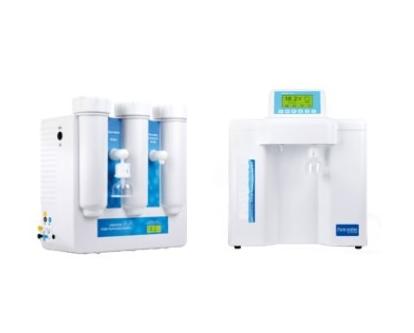
Applications of a Laboratory Deionized Water System
Deionized (DI) water systems are essential in laboratories where the quality of water directly impacts experimental accuracy and reliability.
1. Chemical Analysis
- Purity Requirement: DI water is used as a solvent and diluent in chemical analyses, ensuring that no contaminants interfere with the results.
- Example: In techniques like High-Performance Liquid Chromatography (HPLC), the use of deionized water helps prevent contamination of samples and reagents.
2. Preparation of Reagents and Solutions
- Precision and Consistency: Deionized water is used to prepare reagents and solutions, providing consistent and reliable results in experiments.
- Example: In pharmaceutical labs, DI water is crucial for preparing accurate concentrations of drug solutions.
3. Cleaning of Laboratory Equipment
- Contamination Prevention: Deionized water is employed to rinse and clean laboratory glassware and instruments to avoid residue and contaminants that can affect experiments.
- Example: For analytical balances and pipettes, using deionized water ensures that cleaning processes do not introduce impurities.
4. Cell Culture and Biological Studies
- Cell Viability: Deionized water is used in cell culture media and other biological applications where purity is critical for cell growth and experiment accuracy.
- Example: In microbiology, deionized water is used to prepare growth media for microbial cultures.
5. Spectroscopy and Microscopy
- Clear Imaging: Deionized water is used in spectroscopic and microscopic analyses to avoid interference from contaminants, which can affect the quality of results.
- Example: In microscopy, deionized water system is used for preparing slides and as a medium for samples to ensure clear and accurate imaging.
6. High-Tech Manufacturing
- Precision Manufacturing: DI water is used in the production of high-precision electronics and semiconductors, where even the slightest impurity can affect product quality.
- Example: In semiconductor fabrication, deionized water system is used for rinsing and cleaning wafers to ensure product purity.
7. pH Calibration and Standardization
- Accuracy in Calibration: Deionized water is used to prepare calibration solutions and standards for pH meters and other analytical instruments.
- Example: Regular calibration of pH meters with deionized water-based standards ensures accurate measurement in various experiments.
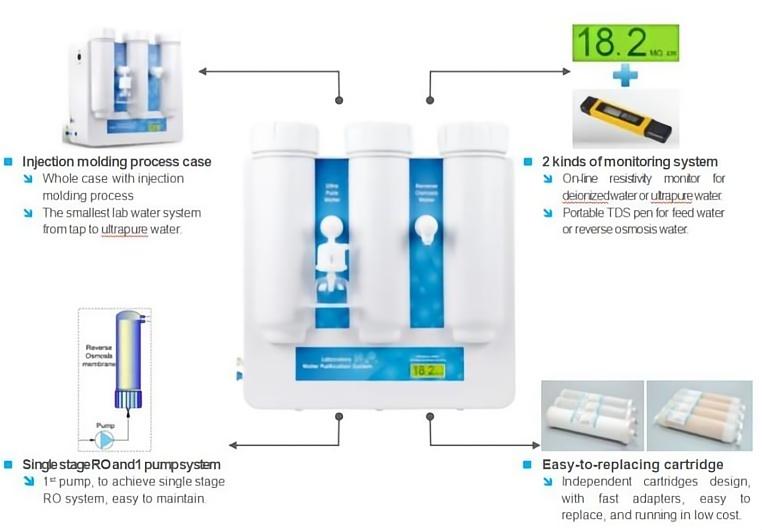
Maintenance and Best Practices for a Laboratory Deionized Water System
This chart provides a comprehensive overview of key maintenance tasks and best practices to ensure the optimal performance and longevity of laboratory deionized water systems.
| Maintenance Task | Best Practices |
| Regular System Checks | Perform routine inspections of the entire system, including filters, resin beds, and electrical components, to identify any signs of wear or malfunction. |
| Filter and Resin Replacement | Follow manufacturer recommendations for replacing filters and resin cartridges to ensure optimal water quality. Regularly check the condition and replace them as needed. |
| Water Quality Monitoring | Continuously monitor the output water quality using conductivity or resistivity meters to ensure it meets the required purity standards. |
| System Cleaning | Periodically clean the system components, including tanks and pipes, to remove any build-up or contaminants that could affect performance. |
| Calibration of Sensors | Regularly calibrate sensors and meters to maintain accuracy in water quality measurements and system operation. |
| Leak Detection | Inspect for and promptly repair any leaks in the system to prevent water waste and potential damage. |
| Documentation and Record-Keeping | Maintain detailed records of maintenance activities, filter replacements, and water quality tests for tracking performance and troubleshooting. |
| Training of Personnel | Ensure that all personnel operating the deionized water system are properly trained in its operation, maintenance, and emergency procedures. |
| System Upgrades | Consider upgrading system components or technology as needed to enhance performance and efficiency. |
| Emergency Protocols | Establish and regularly review emergency protocols for dealing with system failures, water quality issues, or contamination incidents. |
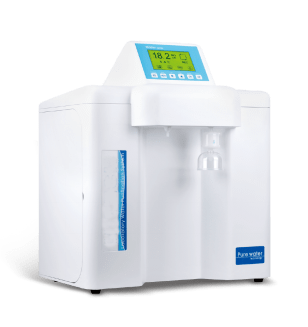
To sum up, a laboratory deionized water system is a foundational tool for any lab aiming for precision and consistency in its processes. Through adhere to the proper operation and maintenance of a deionized water system, labs can safeguard the quality of their work and the longevity of their equipment, while promoting environmentally friendly practices.

